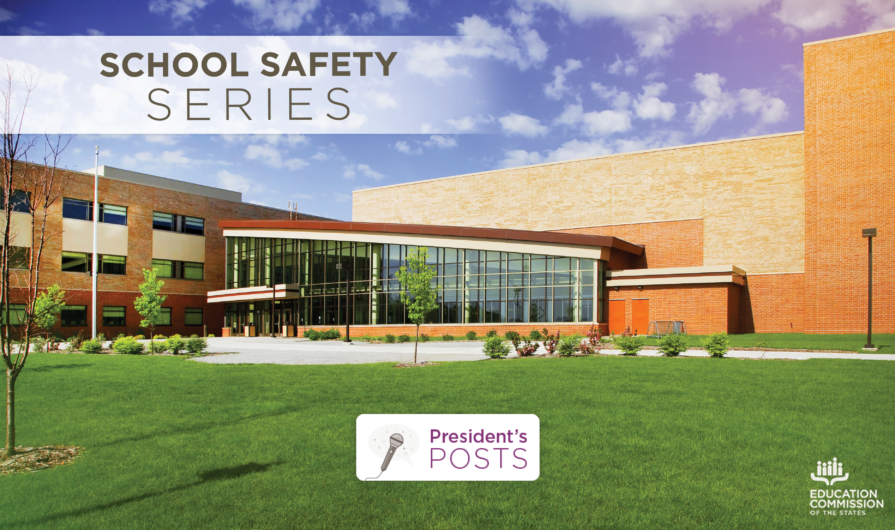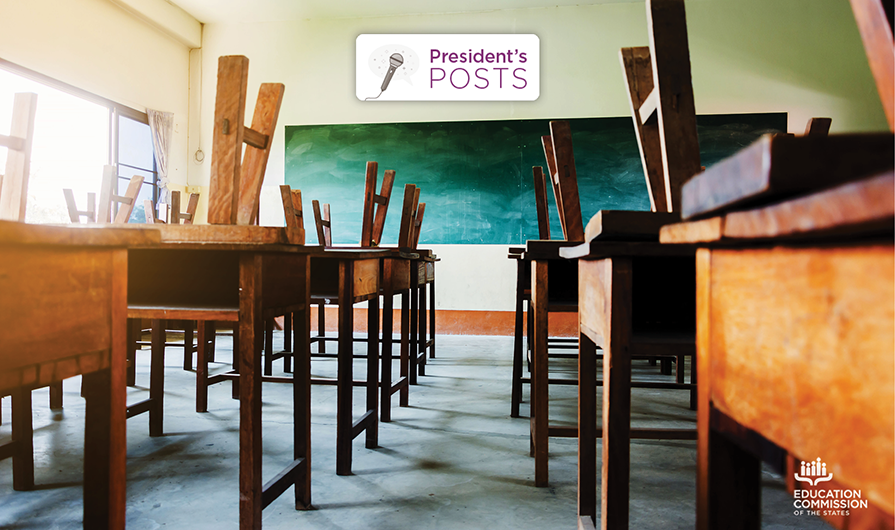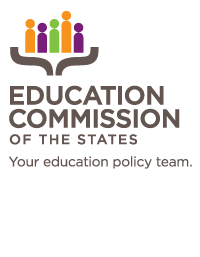So far in 2019, there have been 14 school shootings.
I think we can all agree that one school shooting is too many.
As students across the country return to school this month, educators and policymakers — and parents — want them to be safe, but we all want them to see their hallways and classrooms as safe, too. That balance between what is enough — in terms of security, student and teacher safety and preparation — and what unnecessarily alters school culture in a way that impedes learning and growth is a tough balance to strike.
We don’t pretend to have all of the answers at Education Commission of the States — no one does — but we are here to support education leaders in all states in their efforts to improve and maintain school safety, so students can learn and teachers can teach without the prospect of violence in their classrooms.
Our 50-State Comparison on K-12 School Safety (we also have another on Postsecondary Campus Safety) captures current state policies related to safety plans, audits, drills, school resource officers and weapons in schools. If you’re looking for trends in state policies or for more information on one state’s approach, it’s a good place to start.
Today, we release a Policy Outline — titled Policy Levers to Improve School Safety — that elaborates more on the themes we saw in the 50-State Comparison. It also includes state examples and additional resources, so I encourage you to take a look.
Additionally, in the next few weeks, we’ll feature a series of blog posts — from us and from other experts in the field — that take a more nuanced look at some of these policy levers, including:
- Threat assessments.
- State school safety centers.
- State school safety task forces.
Our hope is — as with everything we do — this helps inform efforts in your state to make schools safe places to learn and work. If there is anything else we can do or provide, please reach out.










